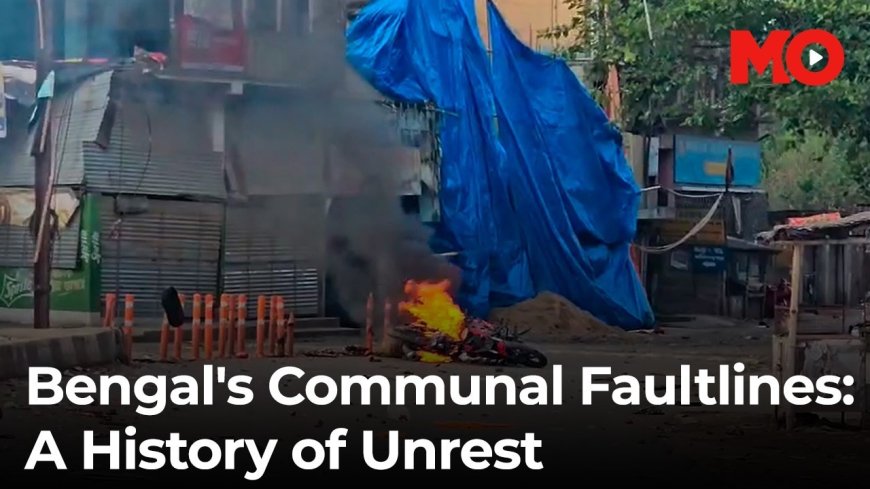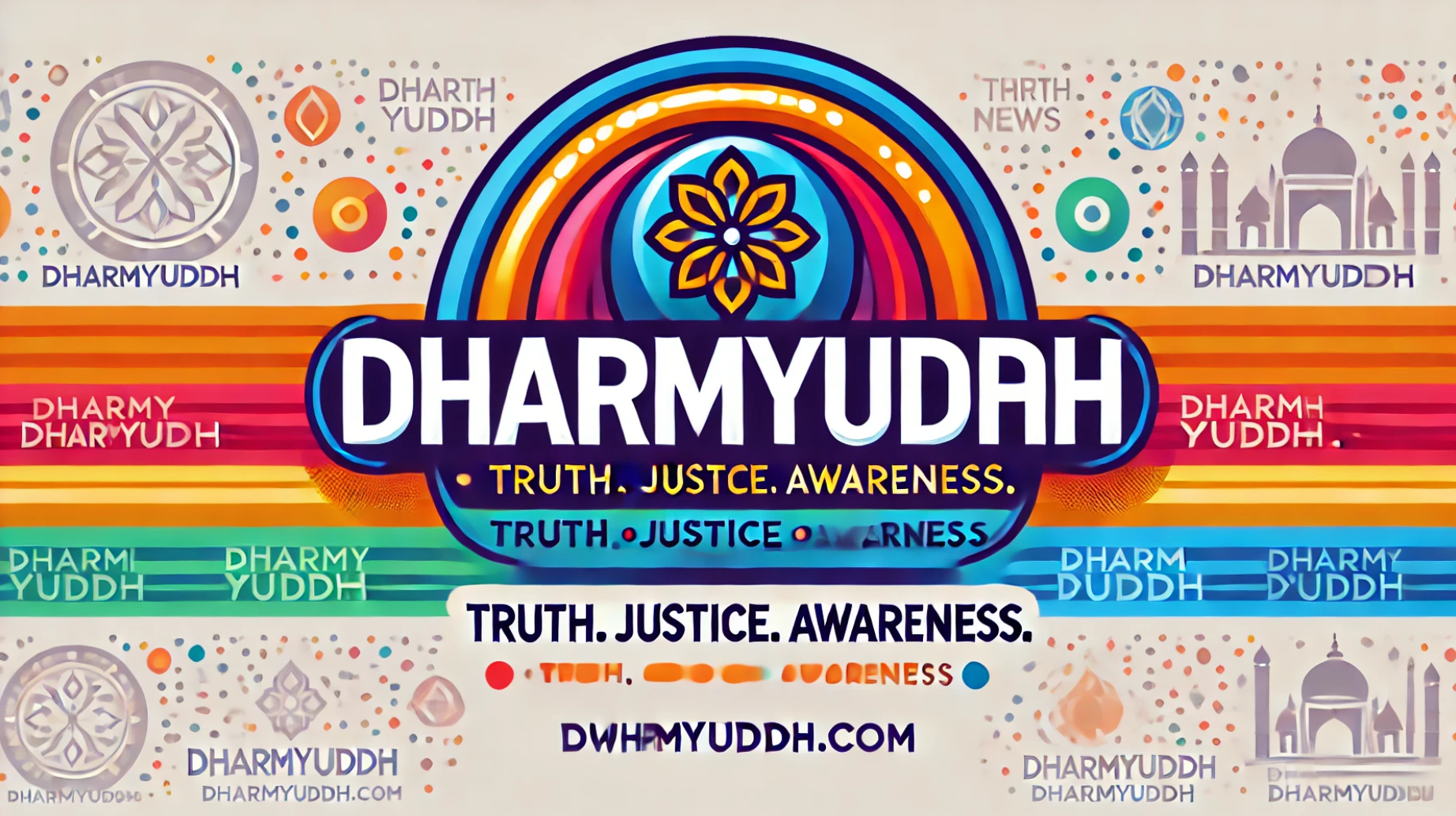Bengal's communal faultlines: A history of unrest
Bengals communal faultlines A history of unrest

Bengal's Communal Faultlines: A History of Unrest
News by dharmyuddh.com
Introduction to Bengal's Communal Tensions
Bengal, marked by its rich cultural heritage and diversity, has also been a witness to significant communal unrest throughout its history. This unrest stems from a complex interplay of historical, political, and social factors that have contributed to the communal faultlines visible today. Understanding these dynamics is essential for comprehending the current socio-political landscape of the region.
The Historical Context
The roots of communal tension in Bengal can be traced back to the colonial era. British policies and the divide-and-rule strategy exacerbated existing divisions among communities. Tensions escalated during the partition of Bengal in 1905 and later in 1947 when the region was divided into East Pakistan (now Bangladesh) and West Bengal. The displacement and violence during these partitions deeply affected community relationships and set the stage for future unrest.
Key Incidents of Unrest
Bengal has witnessed several pivotal incidents that have acted as flashpoints for communal violence. Notable events include the Noakhali riots in 1946, where communal clashes led to widespread violence. The aftermath of the 1971 Bangladesh Liberation War further complicated the equation as refugees poured into India, heightening existing tensions. More recently, incidents like the 2016 Basirhat riots have underscored the fragile communal harmony in the region.
The Role of Politics
Political actors in Bengal have often leveraged communal identities for electoral gains, which has further polarized communities. The rise of identity-based politics has manifested in various ways, influencing how different religious and ethnic groups interact. Political narratives often depend on creating an 'us versus them' framework, complicating efforts toward reconciliation and social cohesion.
Social Implications and the Path Forward
The continuous cycle of communal unrest has profound implications for social development and peace in Bengal. It has led to socioeconomic disparities, mistrust among communities, and a fragmented society. To build a more harmonious future, it is essential to address the root causes of conflict through dialogue, education, and inclusive policies. Encouraging inter-community interactions and promoting narratives of unity can foster cohesion in this diverse region.
Conclusion
Understanding the history of unrest in Bengal is crucial to crafting solutions to overcome its communal faultlines. With concerted efforts from all societal sectors, it is possible to mitigate these tensions and pave the way for a peaceful coexistence. Keywords: Bengal communal faultlines history of unrest, Bengal riots timeline, communal tensions in Bengal, Bengal religious conflicts history, impact of partition on Bengal's communities, political influence on Bengal's social fabric, reconciliation efforts in Bengal, socio-economic effects of communal unrest in Bengal.







